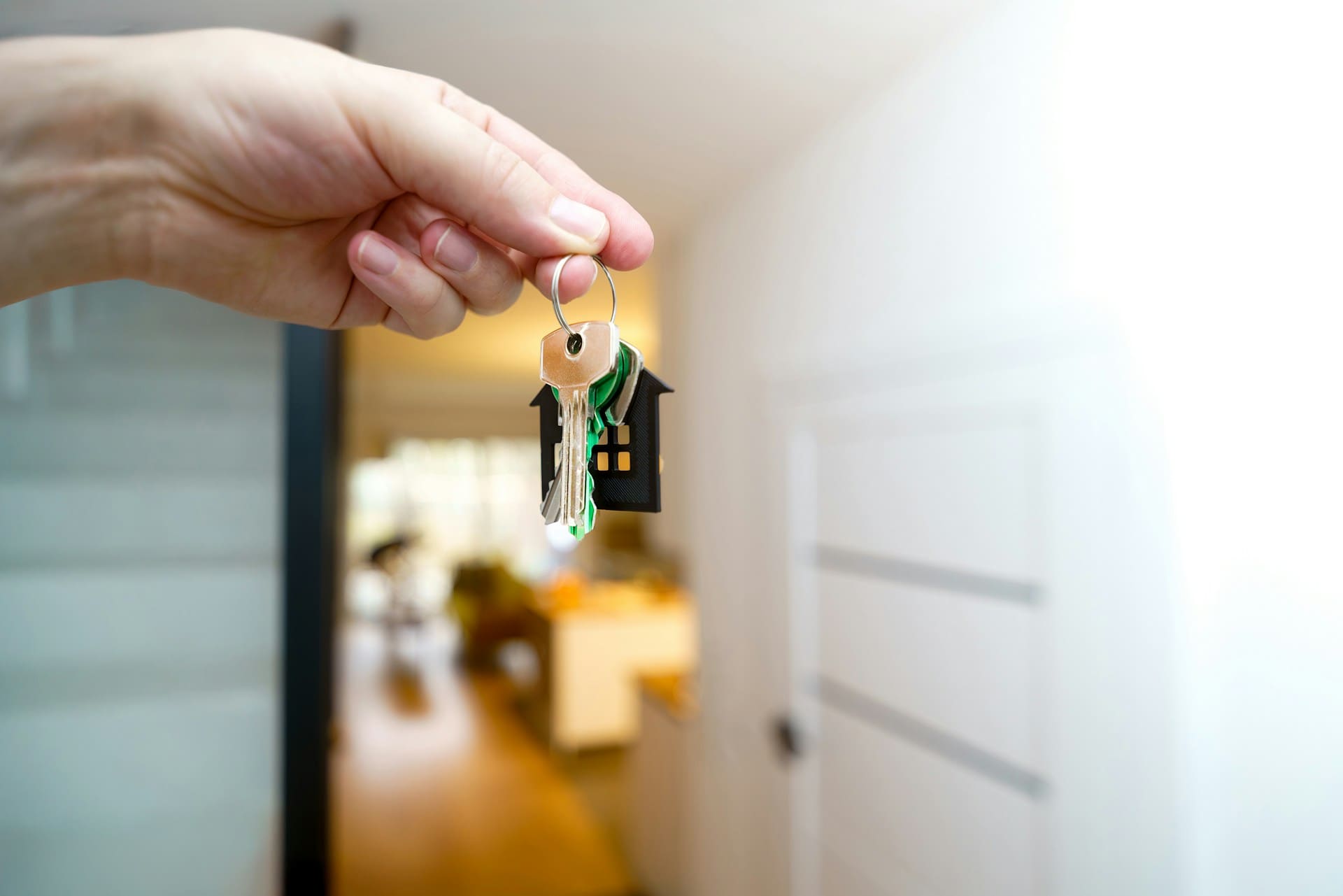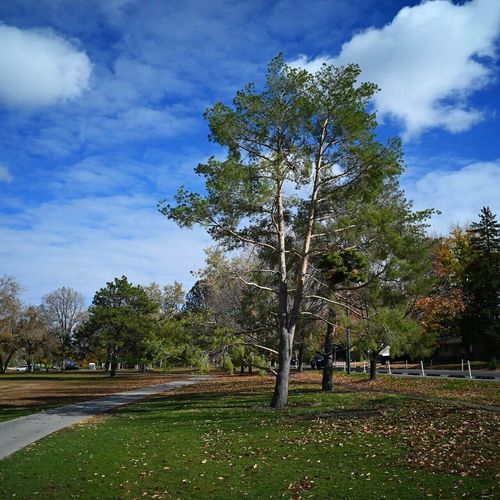Keller, Texas isn't just another suburb - it's a hidden gem for first-time homebuyers. With its mix of affordable homes and top-rated schools, Keller offers a unique opportunity for those looking to plant roots without breaking the bank. But let's face it - buying your first home can feel like trying to solve a Rubik's Cube blindfolded. That's why we've put together this guide to help you navigate Keller's real estate market. We'll break down the nitty-gritty of affordability, point you towards neighborhoods that won't make your wallet cry, and give you the lowdown on school ratings that'll make your future kids thank you. Plus, we'll clue you in on current market trends so you don't feel like you're jumping into the deep end without a life jacket. By the time you're done reading, you'll have a solid grasp on what makes Keller tick and why it might just be the perfect place for your first home. Ready to turn the key on your homeownership dreams? Let's dive in and see what Keller has in store for you.
Essential Market Insights for First-Time Buyers
The financial reality of purchasing property requires solid data and clear facts, not assumptions. Many potential buyers skip crucial research steps, missing opportunities to make strategic decisions. Getting familiar with property values, sales patterns, and neighborhood growth helps create a stronger position when making offers.
Current Market Statistics and Trends
Keller's housing sector shows steady growth patterns worth studying before making purchase decisions. Property appreciation rates continue rising steadily, particularly in established neighborhoods near quality schools and shopping districts. Local zoning changes have opened up new development areas, increasing housing stock variety. Monthly sales volumes demonstrate consistent buyer interest, with peak activity during spring and early summer months.
Median Home Prices and Affordability
Property costs in Keller vary significantly by neighborhood and home type. Single-family residences range widely in price points, giving buyers multiple entry options. Monthly mortgage payments often match or come close to local rental rates. The tax benefits of mortgage interest deductions make up most of the difference between rent and mortgage payments, creating practical paths to ownership.
Studying price histories of similar properties reveals valuable patterns about value retention and growth potential. Properties near major amenities typically command premium prices but often show stronger appreciation over time. Understanding these price variations helps identify opportunities in different areas of the city.
Making calculated offers requires deep knowledge of comparable sales data and neighborhood-specific factors. Smart negotiation tactics stem from understanding both broad market forces and micro-market conditions affecting individual properties. Buyers who research thoroughly and prepare detailed comparisons gain significant advantages during price discussions with sellers.
Finding Your Ideal Neighborhood
Your zip code shapes daily life more than most realize. From morning commutes to weekend activities, location affects every aspect of home life. The right neighborhood match creates a sense of belonging and comfort that turns a house into a genuine home.
Here's a closer look at Keller's most sought-after starter communities:
Local shops, restaurants, and essential services play a huge role in daily convenience. Look for neighborhoods within 10-15 minutes of grocery stores, pharmacies, and medical facilities. Parks and green spaces encourage outdoor activities and community connections. Check the walking paths, playgrounds, and sports courts - these amenities foster an active lifestyle and natural opportunities to meet neighbors.
School quality often indicates a neighborhood's stability and growth potential. "The Keller ISD school district" ranks among the most desirable in the DFW area. Consider both current and future educational needs when evaluating locations. Strong schools typically correlate with stable property values and engaged communities.
Selecting streets with good lighting, well-maintained sidewalks, and active neighborhood watch programs creates peace of mind. Notice how residents care for their properties - this often reflects community pride and involvement. Drive through potential areas at different times to observe traffic patterns, noise levels, and general activity.
Understanding School Ratings and Community Benefits
The Keller Independent School District consistently ranks among the top 10% of Texas educational institutions, with six campuses earning exemplary status from the Texas Education Agency. Students attending these schools demonstrate exceptional academic performance, particularly in mathematics and science programs. The district maintains small class sizes, averaging 22 students per teacher, while offering advanced placement courses and specialized STEM initiatives.
"The quality of schools in Texas directly influences property prices," creating a measurable impact on real estate decisions. Parents analyzing potential neighborhoods often start their search by examining test scores, graduation rates, and college acceptance statistics. Properties within walking distance of high-performing schools typically maintain their value even during market fluctuations. Research shows that homes near top-rated campuses experience stronger appreciation rates compared to similar properties in other areas.
Buyers willing to pay premium prices for homes near quality schools create a self-reinforcing cycle of neighborhood stability. Parent involvement tends to be higher in these areas, leading to additional fundraising and enhanced educational programs. Local businesses often partner with nearby schools, providing internship opportunities and real-world learning experiences for students. This educational ecosystem strengthens both academic outcomes and property investments.
Organized sports leagues, art programs, and youth activities complement the educational environment. The city maintains over 26 miles of hiking trails connecting neighborhoods to parks and recreation centers. Regular community festivals bring residents together throughout the year, while supervised after-school programs provide safe spaces for working parents. Safety statistics reveal consistently low crime rates, particularly in residential areas surrounding educational facilities. These combined factors create an environment where families put down roots and actively participate in their children's academic journey.
Practical Tips for a Smooth Homebuying Experience
Professional representation makes a significant difference in the Keller market. Real estate specialists who focus on specific neighborhoods possess detailed knowledge about property values, upcoming developments, and off-market opportunities. These professionals track daily price changes, monitor new listings, and maintain relationships with other agents to spot potential matches before they hit public listings.
Neighborhood experts understand subtle factors affecting home values - from planned road expansions to zoning changes. They provide "neighborhood insights and data" that help pinpoint areas matching both budget and lifestyle requirements. A skilled agent spots red flags in property histories, negotiates repairs based on inspection findings, and suggests fair offers based on recent comparable sales.
Brand new properties deserve serious consideration for their modern features and customization possibilities. Fresh construction often includes energy-efficient appliances, updated HVAC systems, and smart home technology pre-installed. Many builders allow buyers to select finishes, flooring, and fixtures before completion. Federal tax incentives reward energy-saving features like solar panels, high-efficiency windows, and enhanced insulation - potentially reducing annual costs by thousands.
The construction timeline typically spans 6-8 months from groundbreaking to completion. This extended schedule requires careful planning around current living arrangements and lease terms. Regular site visits during building phases help ensure specifications match the contract. Document all customization requests in writing and photograph construction progress to maintain clear records.
Thorough property examination requires multiple professional inspections. Foundation experts assess structural integrity while HVAC specialists verify system performance. Roof inspectors check for damage or needed repairs. Your offer can depend on "satisfactory home inspection report" results. Building code compliance, electrical systems, and plumbing all need verification before finalizing the purchase.
Scheduling inspections strategically prevents delays during the closing process. Most inspectors require 2-3 days notice and deliver reports within 48 hours. Reviewing results promptly allows time for additional specialist evaluations if needed. Professional estimates for any required repairs provide leverage during final price negotiations.
Taking photos and detailed notes during walk-throughs creates valuable documentation. Consider possible renovations while assessing each space. Measuring rooms helps verify furniture fit and identifies potential improvement projects. Tracking commute times from the property during rush hour reveals real-world travel impacts.
Final Thoughts
Buying your first home in Keller doesn't need to feel overwhelming. The market here offers solid options for new homebuyers - from affordable starter homes in friendly neighborhoods to properties near top-rated schools. The current market conditions actually work in your favor, with reasonable interest rates and a good selection of homes to choose from.
What makes this information valuable? You now know which neighborhoods match your budget, which school districts perform well, and what you can actually afford in Keller. This knowledge cuts through the confusion of first-time buying and helps you focus on homes that make sense for your situation.
The next step is yours to take. Start by visiting a few open houses in the neighborhoods we discussed. Talk to a local real estate agent who knows Keller well. Make a list of your must-haves and deal-breakers. The right home is waiting in Keller - you just need to look in the right places with the right information.
Remember, buying a home isn't just about the house - it's about joining a community. Keller offers that small-town feel with big-city conveniences nearby. Take your time, trust your research, and don't rush the process. When you find the right place, you'll know it. The perfect starter home in Keller is out there - now you have the tools to find it.


